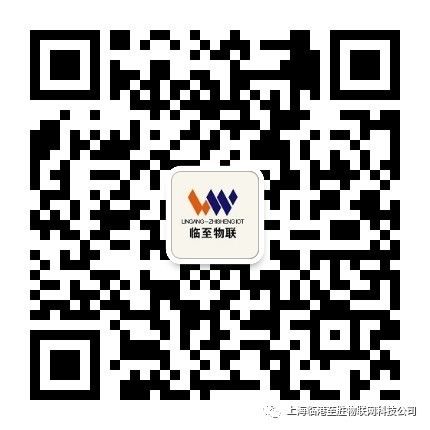In the spotlight, the grand event of the World Internet of Things Expo in September 2018 saw authoritative figures from over 30 countries and regions in industry, academia, finance, and government witness the release of new technologies, products, and applications. The expert review panel, composed of notable figures such as Academician Wu Hequan from the Chinese Academy of Engineering, Academician Yao Jianquan, a renowned expert in laser and nonlinear optics, and Academician Yang Enhui from the Royal Society of Canada, selected one special award, ten gold awards, twenty silver awards, and thirty merit awards from over a thousand projects submitted globally.
Here, we will introduce the awarded projects from the 2018 World Internet of Things Expo, so let’s dive deep into the latest leading achievements in global IoT together with “Wu Xiao Lian”.
Grandly Unveiling the Silver Award: NB-IoT Smart Water Meter


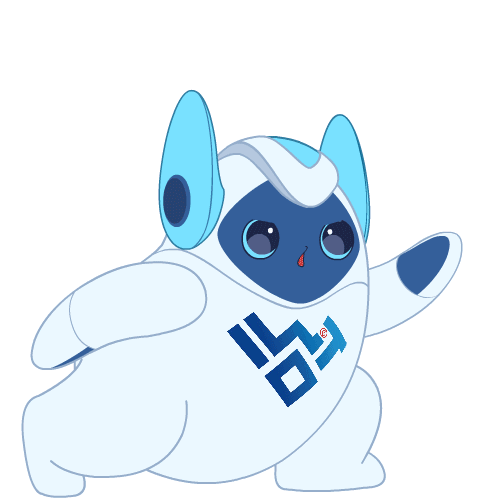
Project Name: NB-IoT Smart Water Meter
Implementing Units: China Mobile Communications Group Wuxi Branch
Jiangsu Berkeley IoT Technology Co., Ltd.
1. Company Overview
Jiangsu Berkeley IoT Technology Co., Ltd. specializes in the research, design, production, and sales of industrial IoT-related products. The company insists on technological innovation and collaborates with universities such as Tsinghua University and Zhejiang University, ensuring the technological advancement of its products. The company has passed IS09000 quality system certification, holds multiple patents, and has received certification for independent innovation products in Beijing. In 2014, the company was recognized as a key IoT enterprise by the Wuxi Economic and Information Technology Commission.
China Mobile Communications Group Jiangsu Co., Ltd. Wuxi Branch (referred to as “Wuxi Mobile”) is the largest comprehensive information service provider in Wuxi. As a leader in technology and services in the information and communication field, Wuxi Mobile accurately grasps the connection characteristics of the digital age, fully implements China Mobile’s “Big Connection” strategy, and continuously strengthens the construction of information infrastructure, enhancing capabilities and applications in IoT, cloud computing, and big data. As of April 2018, Wuxi Mobile’s IoT connection scale broke through 10 million, making Wuxi the first prefecture-level city in the country to achieve an IoT connection scale exceeding 10 million; at the same time, Wuxi Mobile was the first in the province to realize the strategic goal of doubling the connection scale by 2020 compared to 2015. The Wuxi OneNET platform’s connection scale has surpassed 2 million, with over a thousand enterprise developers, significantly accelerating the access of major IoT projects and applications. Currently, Wuxi Mobile is working closely with industry partners to focus on practical explorations in eight vertical fields: smart metering, smart home, smart buildings, municipal IoT, smart wearables, transportation logistics, wide-area IoT, and industrial IoT.
The two companies focus on NB-IoT smart water management research and jointly launched the NB-IoT smart water management overall solution. After years of innovation and research, the company has achieved rapid development, and its products have been widely applied in various fields such as industry, petrochemicals, electricity, education, transportation, and national defense. The NB-IoT smart water management overall solution has been demonstrated in Jiangsu, Zhejiang, and other regions.
2. Product Introduction
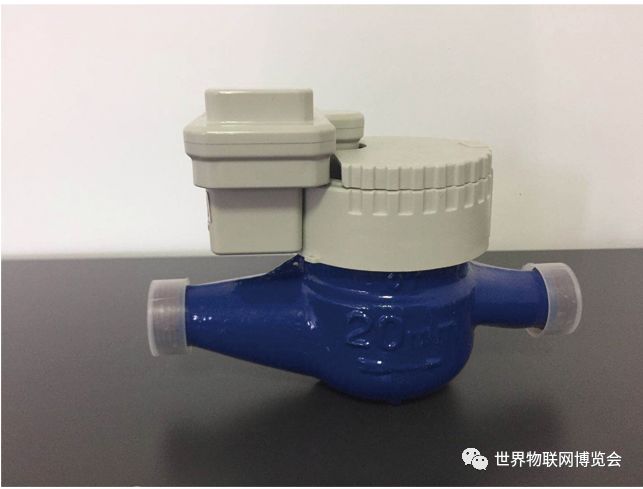
The NB-IoT water meter is the third-generation product in Jiangsu Berkeley IoT Technology Co., Ltd.’s IoT water meter series. This product resolves the wiring and networking issues of the first-generation wired (M-Bus, 485) IoT water meters and the self-networking issues of the second-generation wireless IoT (LoRa, LoRaWAN) water meters. The third-generation NB-IoT water meter directly transmits metering data to the upper-level metering software through the operator’s network, eliminating the need for data collection units (DTUs) to collect and upload, and does not require networking; a single IoT water meter has become an independent product. This product breaks free from the constraints of wired connections and networking, making it suitable for a broader range of scenarios, especially in commercial fields, such as hotels, schools, and factories, where the installation locations of water meters are remote, and wiring costs are extremely high. The wireless direct transmission method significantly reduces installation costs for users, while smart metering addresses management costs for users.
NB-IoT focuses on the low-power wide-area IoT market, a new technology that can be widely applied globally. It features wide coverage, multiple connections, low rates, low costs, and low power consumption. Due to its inherent advantages of low power consumption, wide coverage, low cost, and large capacity, it can be widely used in various vertical industries, such as remote metering, asset tracking, smart parking, and smart agriculture. The entire composition of the NB-IoT water meter includes the IoT management system platform, base stations, and IoT water meters (NB-IoT). The NB-IoT module of the IoT water meter has characteristics of small data volume and low rate functionality, and the power consumption of the NB-IoT module can be very low.
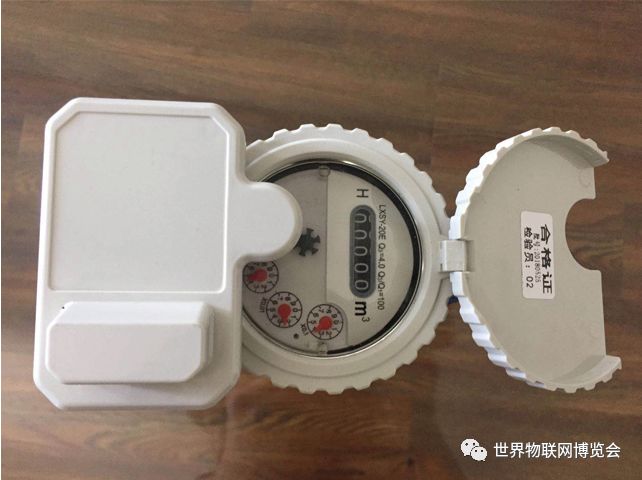
1. Core Functions of the IoT Water Meter
(1) Remote Reading: Periodically and actively reports meter readings;
(2) Remote Valve Control: Can remotely open and close valves;
(3) Prepaid: Supports prepaid and pre-purchase amounts, with valve closure for overdue payments;
(4) The system adopts a BS architecture: No client installation is needed, just log in via a browser, supported on both PC and mobile.
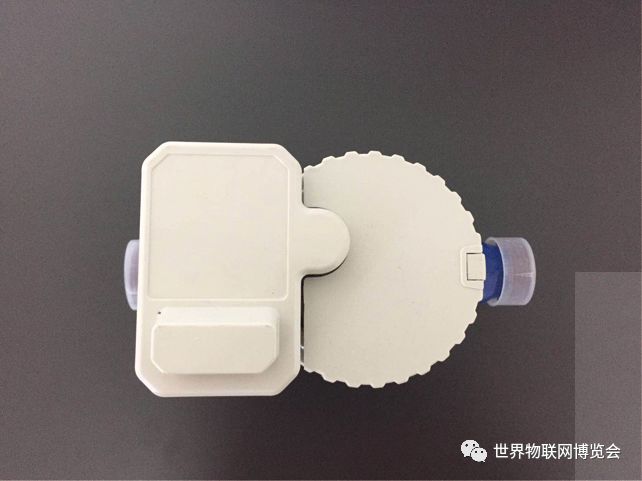
2. Problems Solved by the NB-IoT Water Meter
(1) Improving Water Supply Efficiency
Reduces manual metering costs, facilitates the implementation of tiered water pricing, and eases water fee collection;
(2) Accurate Reading and Remote Control
Accurate metering reduces complaints, increases reading frequency, and allows for remote valve control;
(3) Controlling Water Loss
Establishes zoned management through a metering system, monitoring pipeline leaks via accurate readings;
(4) Solving Signal Coverage and Power Consumption Issues
Ensures signal coverage in high-rise buildings, meter wells, basements, and remote areas, with long battery life and low power consumption.
3. Major Innovations
(1) Electromechanical Separation Design
The mechanical part is a standard mechanical water meter with a transmission device, costing the same as a regular water meter. Water companies can initially install standard water meters with transmission devices, and later upgrade to smart water meters by simply adding the electronic part, providing convenience for future upgrades.
Water meters are measuring instruments, and the National Metrology Bureau has set a usage cycle of 6 years. With our electromechanical separation water meter, during the cycle replacement, only the mechanical part needs to be replaced, and the electronic part does not need to be changed, saving 80% of the costs for water companies during periodic replacements.
(2) Non-Magnetic Collection Technology
Precise collection without electromechanical differences, unaffected by external environmental interference. Traditional magnetic sensors are easily affected by strong magnetic fields, leading to under-measurement or non-measurement situations, which can be exploited. Additionally, the permanent magnets in magnetic water meters can attract impurities in water, causing measurement errors over time. The non-magnetic water meter maintains high measurement accuracy and is not easily interfered with, making it the most advanced collection method in the water meter industry.
(3) Utilizing NB-IoT Network
The NB-IoT network has a wide coverage, achieving a 20dB gain over LTE for effective coverage in basements and underground pipelines. The NB module has low power consumption, incorporating ultra-long DRX power-saving technology and PSM power-saving mode, allowing devices to remain online in real-time while reducing unnecessary signaling and not accepting paging information in PSM mode to save power, ensuring a battery life of over 8 years. The low-cost NB module, with low-speed, low-power, and low-bandwidth, brings cost advantages, and the NB-IoT chip can be made very small. NB-IoT has been optimized for radio frequency, thus lowering module costs.

Long press the QR code to follow Linzhi IoT, let technology guard your home
